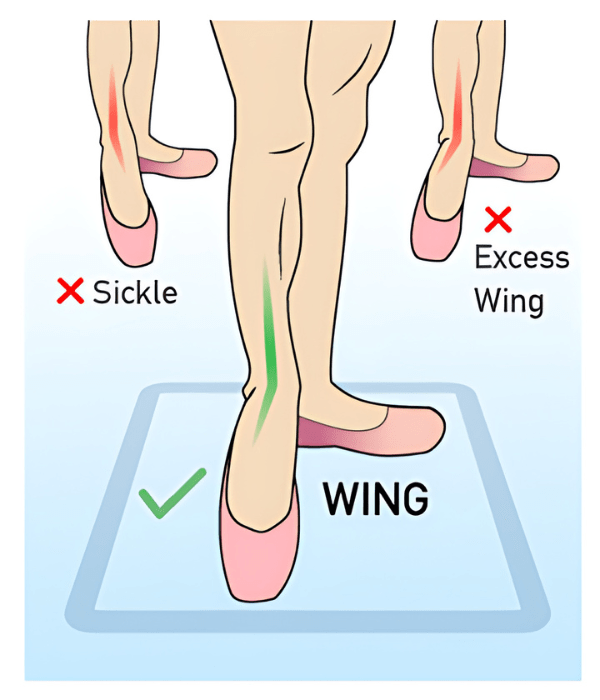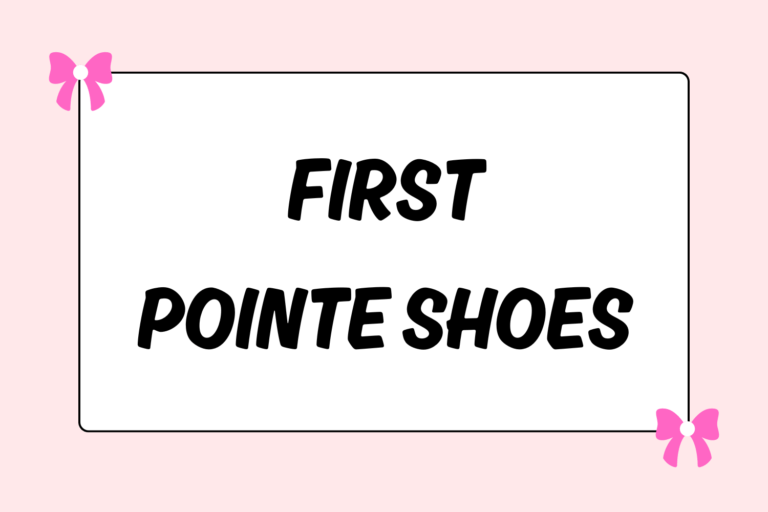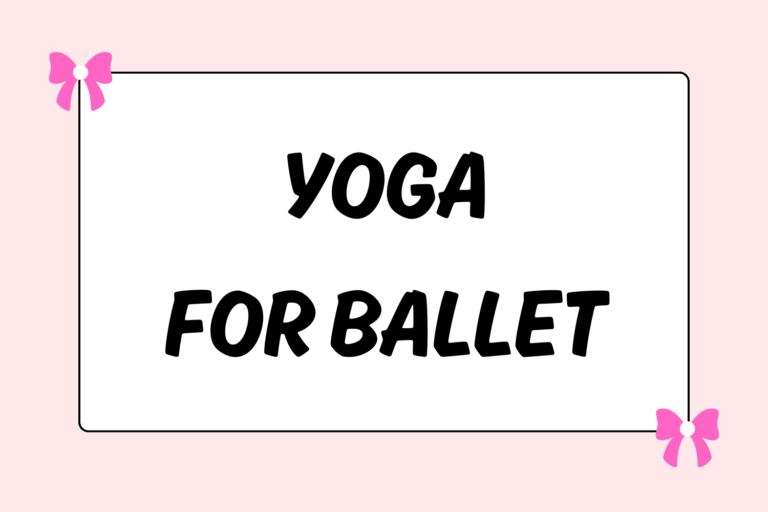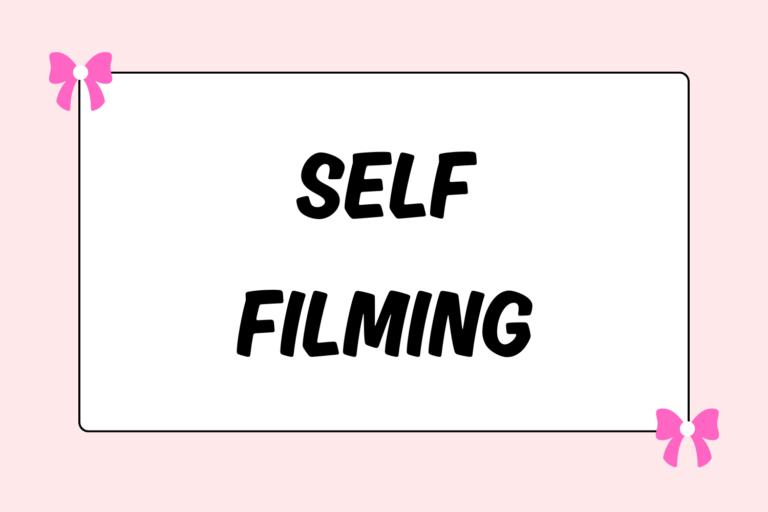The way in which you point your foot in Ballet can make or break the line of your leg. With or without a naturally high arch, there are many things you can do to improve the look, strength and flexibility of your foot. The manner in which your foot functions while dancing often dictates whether or not your feet can stay injury-free. This guide will give you the exact techniques required to recognize and maintain a properly pointed foot.
Flexing & Pointing
When you flex your foot in ballet, your toes are pulled up toward your shin. This is known as dorsiflexion. Its opposite is called plantarflexion, and in ballet, it is known as pointing the foot. This movement is initiated at the bottom of the ankle, which acts as a hinge.
Winging & Sickling

You may have heard these terms from your ballet teacher before. If you sit down and extend your legs forward along the floor and your toes point in toward each other, your feet would be considered “sickled.”
Sickling (or “pronating”) your foot when pointing is incorrect, as it creates a less than stellar line. If your toes head away from each other, they would be considered “winged” or “supinated.” A very slight wing is the correct way to point your foot as long as it is not done to an extreme. The challenge is to find the perfect balance.
Know Your Anatomy
Every foot has five metatarsal bones that are much like fingers. Rather than each having individual names, they are separated by numbers. The first metatarsal in your big toe and the fifth is your pinky toe. These two are key players when finding your perfect point. If you rely too much on your first metatarsal, your foot will sickle. If you rely too much on your fifth, you might over-wing.
Study Your Feet
It might sound a little tedious, but the best way to begin training your foot is to know for what you are looking. During ballet class, you can always sneak a peek at the mirror to ensure that your feet are pointing in the line of your leg. Another great time to watch your toes is right before bed. As you lie down, throw your feet in the air and inspect them as you point and flex.
Use a Resistance Band
Generally, you can find exercise bands online or in physical therapy offices. They come in many different colors that denote their levels of resistance. The colors range from yellow (lowest resistance) to gold (highest resistance). Choose one with a moderate level, such as blue or green.
While sitting on the floor, hold on to each end of the band with either hand. Slip your foot in the center so that it covers the ball of your foot and toes completely. Then, straighten your knee to create some tension within the band. Begin to slowly flex and point your foot, being sure to go through your demi-pointe, as well. Doing three sets of ten on each foot every day not only will strengthen your foot, but it will help you create muscle memory for a good point while dancing.
Hot Tip: Don’t Overstretch
Although there are many fancy contraptions on the market that promise prettier feet, some of them can be a little unnecessary and even harmful. Gentle stretching in plantarflexion and dorsiflexion can go a long way. If you have a buddy, you can gently flex and point each other’s feet. It’s best to do this one foot at a time, with one person on their knees putting even pressure on the seated dancer’s foot.
Don’t Scrunch!
Although it might feel like you are working harder, when your toes curl while pointing, it actually builds the wrong muscles for your ballet foot. And if this is overdone, Achilles tendonitis can be a result. Instead, imagine you have tiny toothpicks lodged between the tip of each toe and the ball of your foot. Create enough length underneath your knuckles so you don’t get stabbed by the picks!
Keep Them Separated
It can be helpful to think of your toes as fingers. If each metatarsal is pointed individually, trying to stay as long as possible, your feet will grow very strong. Keeping width between your toes will also help build a broader platform when dancing both en pointe and demi-pointe. Also, your foot will appear longer, which will make your arches look higher.
Love Your Feet
Although you might wish that you had feet of a different size or shape, work with what you have. There have been countless professional dancers with not-so-archy feet who have gone on to stellar careers. With enough determination and attention to detail, your fancy footwork will keep you on your toes for many years of dancing!





